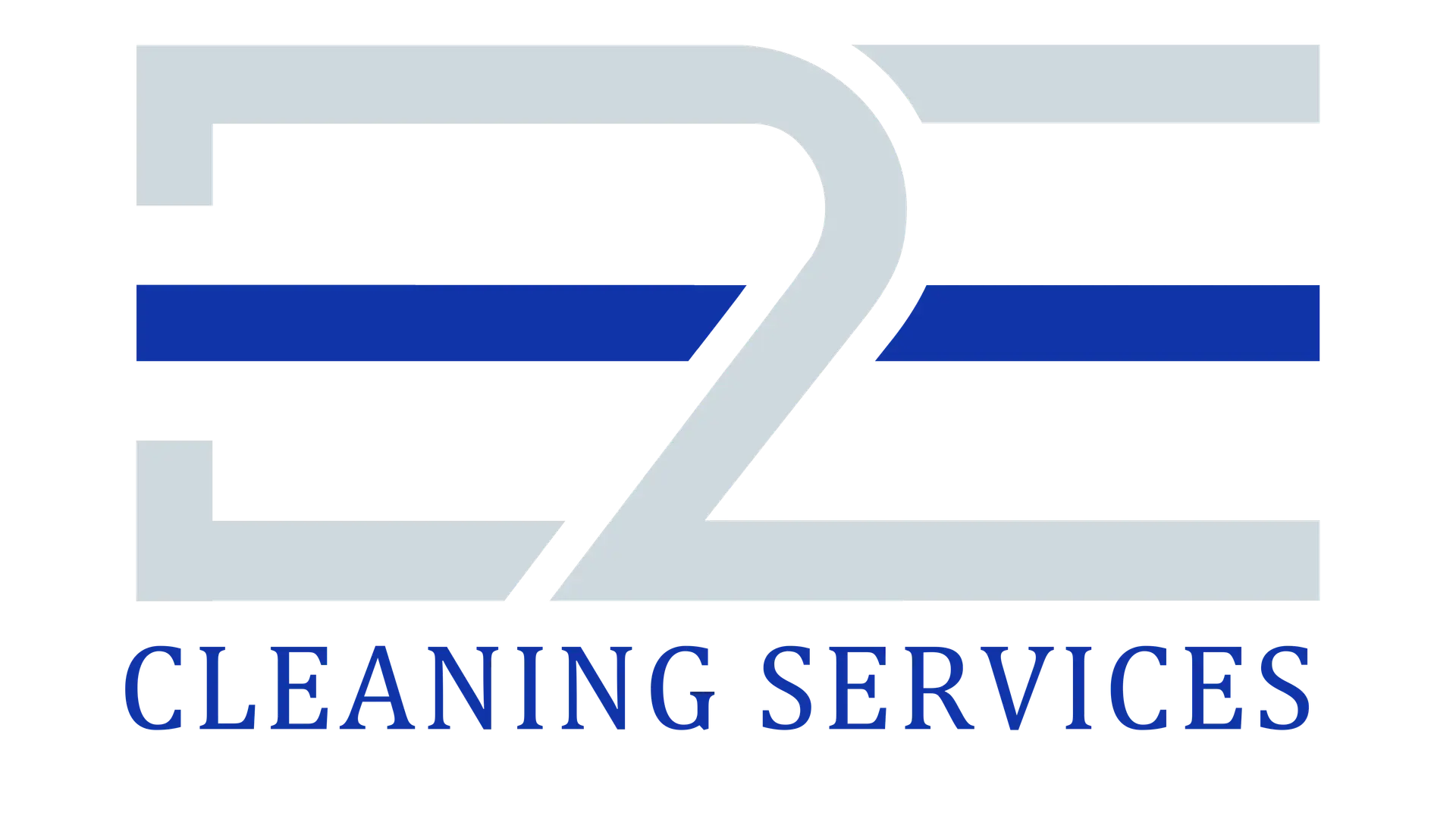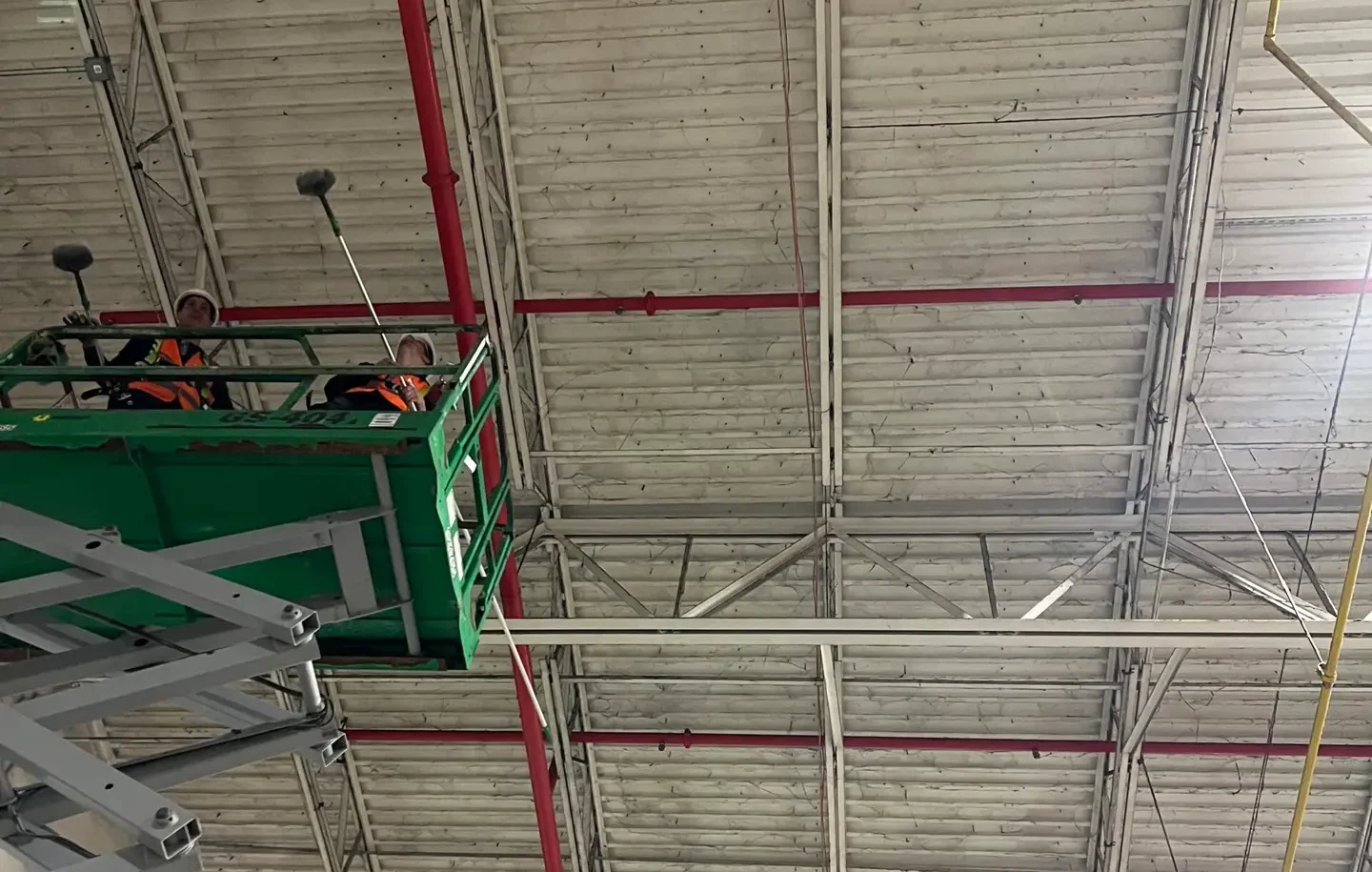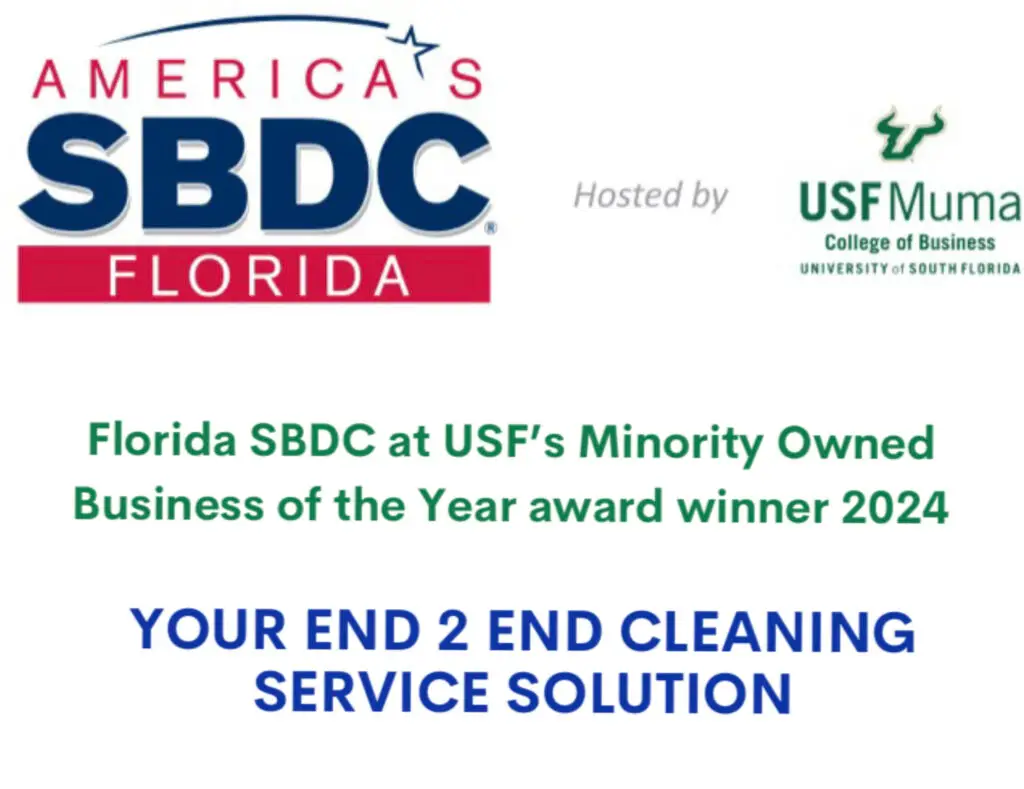Keeping a Dust-Free Facility can Save you Money and Headaches
In the food industry, maintaining a pristine and hygienic environment is not just a priority but a necessity. High dusting services play a crucial role in ensuring the cleanliness and safety of food processing plants, restaurants, and storage facilities. The accumulation of dust in high, hard-to-reach areas can harbor bacteria, mold, and other contaminants that pose significant health risks. Moreover, dust combined with food particles can attract pests, thereby compromising food safety standards. This article explores the importance of high dusting services in the food industry, highlighting how a regular high dusting schedule can save businesses from fire marshal or OSHA incidents.
Health and Safety Compliance
Food safety is at the heart of every food-related business. Contaminants and allergens can easily accumulate in areas often neglected in standard cleaning routines such as high shelves, ceiling fans, vents, and structural beams. High dusting services help eliminate these risks by targeting these overlooked areas, significantly reducing the buildup of harmful particles. By ensuring these spaces are kept spotless, food businesses can comply with stringent health regulations set by the Food and Drug Administration (FDA) and other oversight bodies.
Adhering to FDA Regulations for a Clean Environment
The Food and Drug Administration (FDA) plays a vital role in ensuring the cleanliness and safety of food handling environments. This commitment to public health is reflected in their strict regulations applicable to various sectors, including warehouses, manufacturing plants, food preparation facilities, and restaurants. Below are key points highlighting the importance of maintaining cleanliness through high dusting and other practices:
- Regulatory Compliance: The FDA enforces regulations that aim to minimize contamination risks. Businesses must adhere to these standards to avoid fines and maintain safe operations.
- Preventing Contamination: High dusting is crucial in storage areas, such as warehouses, to prevent dust accumulation that can harbor pathogens and pests, aligning with FDA guidelines for optimal storage conditions.
- Meticulous Cleaning: In food preparation facilities and manufacturing plants, high dusting addresses both visible and hidden areas, such as vents and high shelves, ensuring these spaces remain free from contaminants impacting food quality.
- Safe Dining Environments: Restaurants must comply with FDA regulations by ensuring thorough cleaning, including hard-to-reach areas. High dusting services help eliminate dust and allergens, preventing health hazards and foodborne illnesses.
In summary, implementing consistent high dusting as part of a comprehensive cleaning strategy is essential for FDA compliance across the food industry. This dedication to cleanliness not only protects public health but also helps businesses uphold their reputation for safety and quality while avoiding regulatory penalties.
Preventing Fire Hazards
In environments where flammable substances are used or stored, such as commercial kitchens and food processing facilities, accumulated dust poses a fire hazard. Dust layers can easily ignite, particularly when mixed with oil residues, leading to catastrophic fires. Regular high dusting mitigates this risk by removing combustible dust from high surfaces, thus enhancing fire safety measures. Compliance with the local fire codes and Occupational Safety and Health Administration (OSHA) regulations is critical, as failure to maintain clean elevated surfaces can result in hefty fines or, worse, dangerous fire incidents.
Great Read: Preventing a Dust Fire – Safety + Health Magazine
The Role of Regular High Dusting
Maintaining a regular high dusting schedule throughout the year is essential for minimizing health and safety risks. A proactive approach to cleaning ensures that dust and debris do not accumulate to hazardous levels. This frequency of cleaning also demonstrates a commitment to maintaining a safe and compliant environment, which can positively impact food safety audit outcomes and inspections by health authorities.
Facts and What To Do
- Fact: The National Fire Protection Association (NFPA) reports that dust-related fires are a significant risk in commercial kitchens and food processing plants.
- Fact: OSHA has specific guidelines on controlling combustible dust in industry settings, making compliance mandatory.
- Fact: Proper sanitation, including high dusting, can drastically decrease the likelihood of pest infestations and microbial growth in food facilities.
What To Do:
- Schedule Regular High Dusting: Implement a routine high dusting schedule depending on the activity level in your facility. High-traffic areas may require more frequent cleaning.
- Hire Professionals: Engage professional high dusting services familiar with the requirements of the food industry. Experts have the tools and expertise to reach and clean high surfaces effectively.
- Conduct Periodic Audits: Regularly inspect high surfaces to ensure cleanliness and address any overlooked areas promptly.
- Stay Informed on Regulations: Keep updated with the latest health and safety regulations specific to the food industry to ensure compliance and avoid citations or fines.
High Dusting Recommendations For Food Industry
Below is the recommended frequency and regulations met when investing in high dusting services
| Commercial Space | Recommended Frequency | Regulations Met |
|---|---|---|
| Restaurants | Quarterly (4x/year) | FDA Food Code, local health department standards, OSHA sanitation requirements |
| Cafeterias | Quarterly (4x/year) | USDA regulations, local health department standards, OSHA sanitation requirements |
| Food Processing Plants | Monthly (12x/year) | FDA Food Safety Modernization Act (FSMA), HACCP, OSHA sanitation requirements |
| Commercial Kitchens | Bi-monthly (6x/year) | FDA Food Code, local health department standards, OSHA sanitation requirements |
| Supermarkets | Quarterly (4x/year) | USDA regulations, FDA Food Code, local health department standards |
| Bakeries | Bi-monthly (6x/year) | FDA Food Code, local health department standards, OSHA sanitation requirements |
| Butcher Shops | Bi-monthly (6x/year) | USDA regulations, local health department standards, OSHA sanitation requirements |
| Food Warehouses | Quarterly (4x/year) | FDA Food Safety Modernization Act (FSMA), OSHA sanitation requirements |
| Dairy Processing Plants | Monthly (12x/year) | USDA regulations, FDA Food Code, OSHA sanitation requirements |
| Cold Storage Facilities | Quarterly (4x/year) | USDA regulations, FDA Food Code, OSHA sanitation requirements |
Conclusion
The importance of high dusting services in the food industry cannot be overstated. Ensuring that all surfaces, including those hard-to-reach areas, are clean and free of dust particles is crucial for maintaining a safe, healthy, and compliant environment. Regular high dusting not only improves air quality and aesthetics but also significantly reduces the risk of fire hazards and regulatory breaches. By investing in professional high dusting services and adhering to a consistent cleaning schedule, food businesses can protect their premises, employees, and customers while avoiding potential legal and safety issues.
Need a consultation on our high dusting services? Get a quote today!









